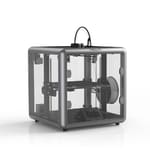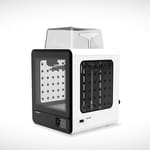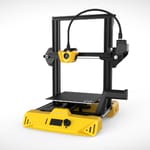At Expo 2020 Dubai, Creality unveiled several new 3D printers to add to its veritable hoard of hardware. Among those revealed were the Creality Sermoon V1 and minutely variant Sermoon V1 Pro. The differences between these two systems are exceptionally minor (the differences may have been better served as addons), so we’ve opted to cover both here and highlight the few differences below.
Calling this new printer the Sermoon V1 is… somewhat misleading. The first printer in the Sermoon series was Creality’s Sermoon D1 – a larger, partially enclosed 3D printer. The V1 introduces new, more advanced features and support in a more compact size but for reasonably less money.
Creality’s new Sermoon V1s have a few safety features included, such as the full enclosure, which is probably why the company seems to be targeting a young audience and classrooms with the printer – its accompanying marketing having a whimsical wizard focus that might make Harry Potter’s IP lawyers roll their eyes.
Lightning-shaped scars aside, the Sermoon V1 is a pretty little box that reminds us of Creality’s other (partially) enclosed offering, the CR-200B. However, it has a few modern comforts to go with it such as wireless connectivity and factory tuning that make it much easier to plop into a classroom.
Let’s dive into the details:
Features
Sprite Direct Extruder
Most interesting on the Sermoon V1 printers is Creality’s new patented all-metal Sprite extruder, which the company refers to as “miniaturized”. It’s a direct, dual-gear extruder that does look quite slim in renderings Creality has included in its marketing. The company says nothing specific about the printhead’s weight, but if it holds up to Creality’s size claims we have high hopes for a lightweight all-metal direct extruder.
Wi-Fi & Remote Printing
The Sermoon V1 comes with built-in wireless networking and remote printing via a Creality app. Presumably, that app is Creality Cloud – the company’s repository and cloud slicer used with other Creality networking solutions like the Creality Wi-Fi box.
Creality Cloud isn’t an especially impressive wireless solution – it’s nowhere near the same ballpark as solutions like OctoPrint – but it does have its own appeal for simplifying the 3D printing process, which is great for introducing young kids to the technology.
Fully Enclosed
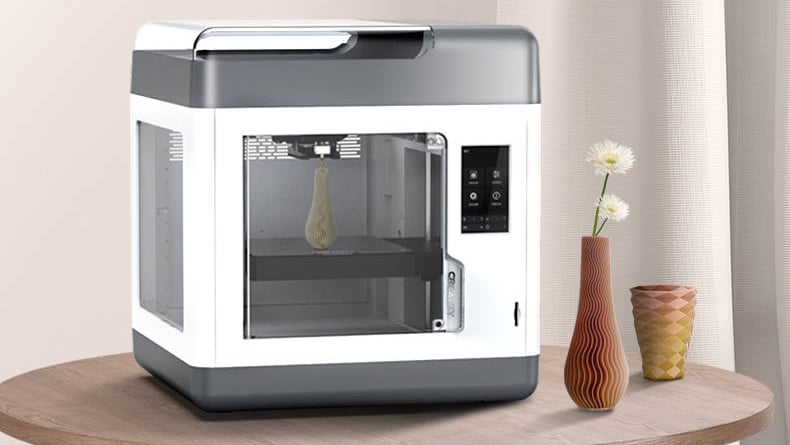
Being fully enclosed, curious fingers will be somewhat shielded from the Sermoon V1’s hot and moving parts. It should also easily print ABS, but we would advise sticking to PLA if you are using the printer in an education setting – studies of 3D printer emissions are clear that ABS is significantly more harmful than plant-based and easy-to-work-with PLA.
Aside from the rather expensive CR-5 Pro, the Sermoon V1 seems to be Creality’s only fully-enclosed offering right now. Even the mostly enclosed CR-200B has a gap in the top, so if you’re looking for something affordable and enclosed the Sermoon V1 may be a good buy.
Factory Tuning
The Sermoon V1 comes tuned and tested from the factory, so you won’t have to fiddle with much bed levelling or other calibration of your own. If any.
It’s not quite clear how the printer levels, though. The Z-bed looks to be lacking any knobs akin to the Sermoon D1 and other Creality printers but, being a Z-bed, it’s not fixed. As all printers do, the Sermoon V1 will inevitably require tramming and we haven’t the foggiest idea of how the user is supposed to do that yet.
It’s possible that Creality’s new patented extruder has some sort of auto bed leveling probe, but there’s no mention of that or any other tramming method in Creality’s marketing – which would be a glaring oversight for these sorts of desirable features. It seems more likely that Creality is simply trusting this machine to hold its shape a long time and distance from the factory. Which would certainly be magic.
Spring Steel Magnetic PEI Build Sheet

Speaking of the print bed, rather than Creality’s more common carborundum glass, the Sermoon V1 includes a metal magnetic sheet.
Our experience with these print surfaces is conflicted. With some printers, such as Original Prusa machines, the metal sheets are perfect. With others, like the Anycubic Vyper, it’s a miss that’s we’d rather steer clear of.
Creality also recently released the CR-10 Smart with what we’re assuming is this same magnetic PEI sheet. Time will tell if it sticks its landing. To be perfectly candid, the company doesn’t actually specify if it’s spring steel like the CR-10 Smart in the Sermoon V1’s feature list. So, a small assumption here.
Pro-Exclusive Features
The Sermoon V1 Pro is a 1:1 of the V1, of course, with exactly two quality of life features tacked on: a camera and open-door detection.
With the camera, the Creality Cloud app gets another function in print monitoring – probably the most useful function in the software.
The open-door detection (or “safety trigger”) simply pauses the print when the enclosure door has been opened. It’s a handy feature to have, especially in the marketed classroom setting, but honestly, we don’t see why this merits a Pro version. Even adding the camera, it really doesn’t seem like enough to warrant a second product release.
Further Features
In addition to those things, the Sermoon V1 has…
- Moderate Build Volume: At 175 x 175 x 165 mm the Sermoon V1’s print volume is fine, but nothing to phone home about. It comes in a little smaller than average, but that could be alright if saving space is your primary concern. And, at a machine size of 400 x 380 x 430 mm, you should find space for it even if you’re somewhat limited.
- Enclosure LEDs: If you are introducing young kids to 3D printing, they’ll inevitably want to watch it go. I mean, we all shove our faces over a hotbed during that first layer. LEDs are very practical, to be honest, so we’re always happy to see them in an enclosed system.
- Quiet Operation: Printers aren’t typically as loud as they once were, but it’s still a major talking point for manufacturers. Creality says they received a third-party certification confirming the Sermoon V1 operates at just 45dB, which sounds like a perfectly reasonable volume for a home office or classroom.


Release Date & Availability
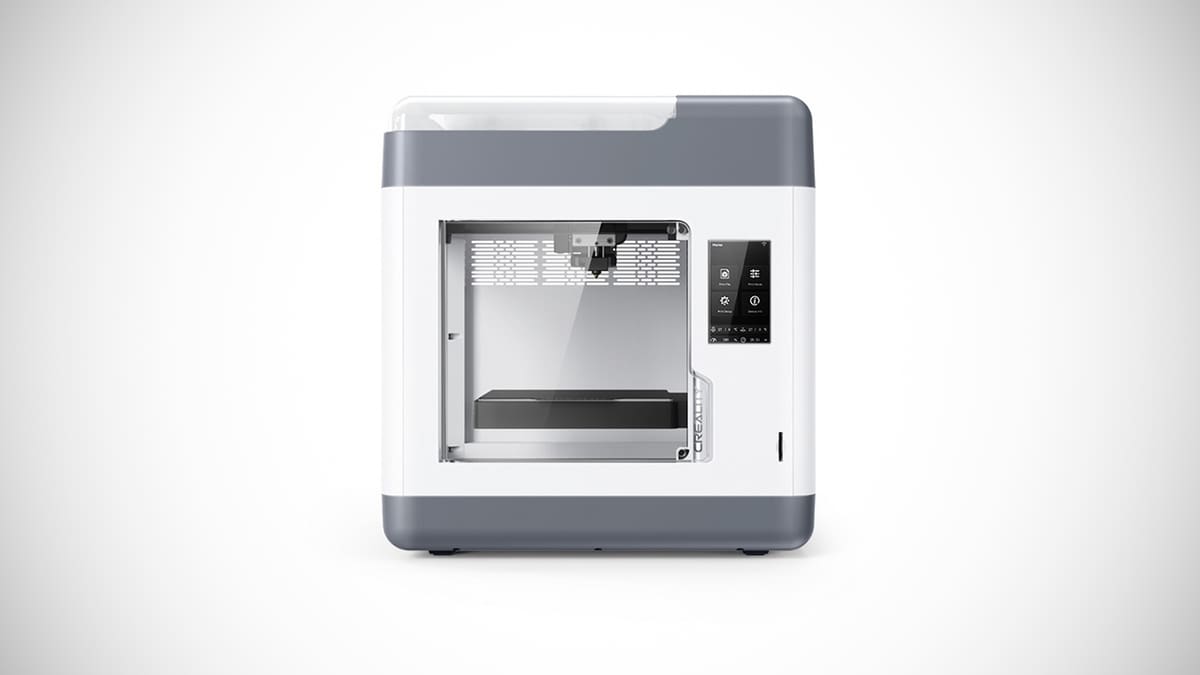
The Sermoon V1 and V1 Pro were revealed on December 1, 2021, at Expo 2020 Dubai alongside Creality’s new Ender 3 S1 and Cr-10 Smart Pro.
If you are based in the US or Europe, you can preorder both Sermoon versions, with shipping stated to commence in early February 2022. Depending on where you order it from, it should take about 10-15 days to be delivered, but there might be some shipping fees involved.
If you live elsewhere in the world, availability seems to be pretty sparse currently, so you may have to wait a little longer to get your hands on one.


Price
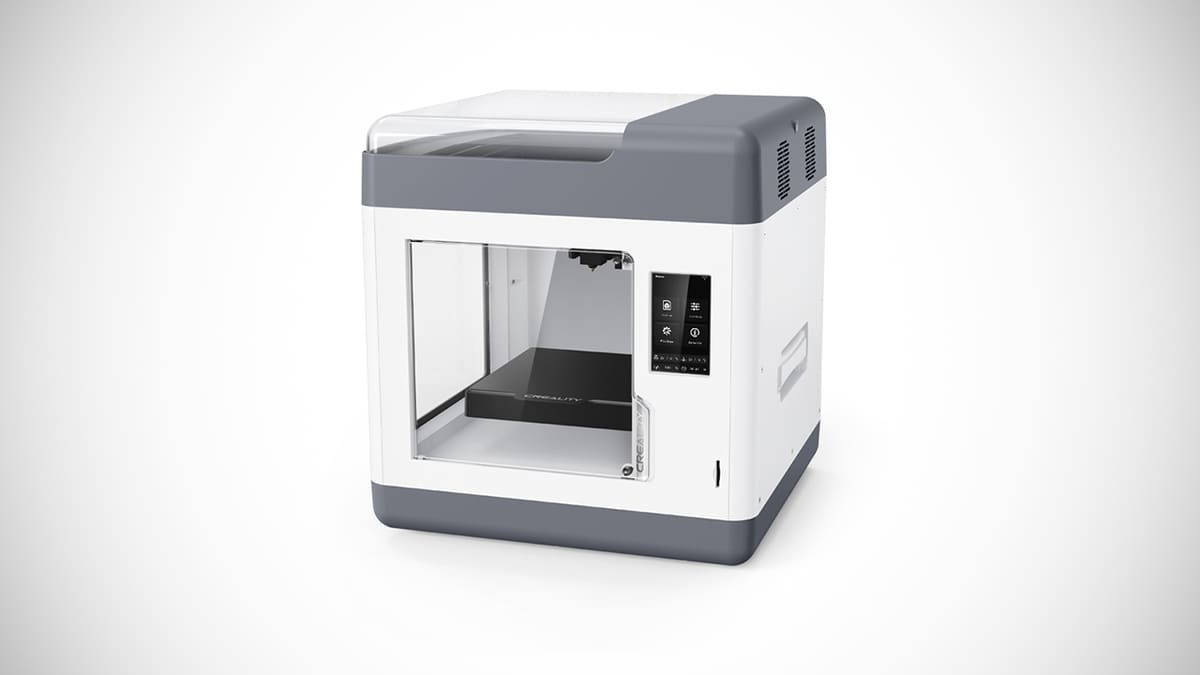
The standard Sermoon V1 – without the camera and door sensor – is $439. That’s $180 off the preceding, and much larger, Sermoon D1 with quite a few bells and whistles on top. It’s also $40 less than the somewhat larger CR-200B, but, again, with quite a few quality-of-life features and factory tuning tacked on to it.
The Sermoon V1 Pro, which adds just open-door detection and a camera, is $469 – just $30 more than the standard Sermoon V1. We find it odd that Creality opted for an entirely different printer edition for these features rather than some simple optional-extra upgrades, but for the small price difference we think these addons are probably worth it. At least the camera will stop us from shoving our faces against that glass. Money well spent.


Tech Specs
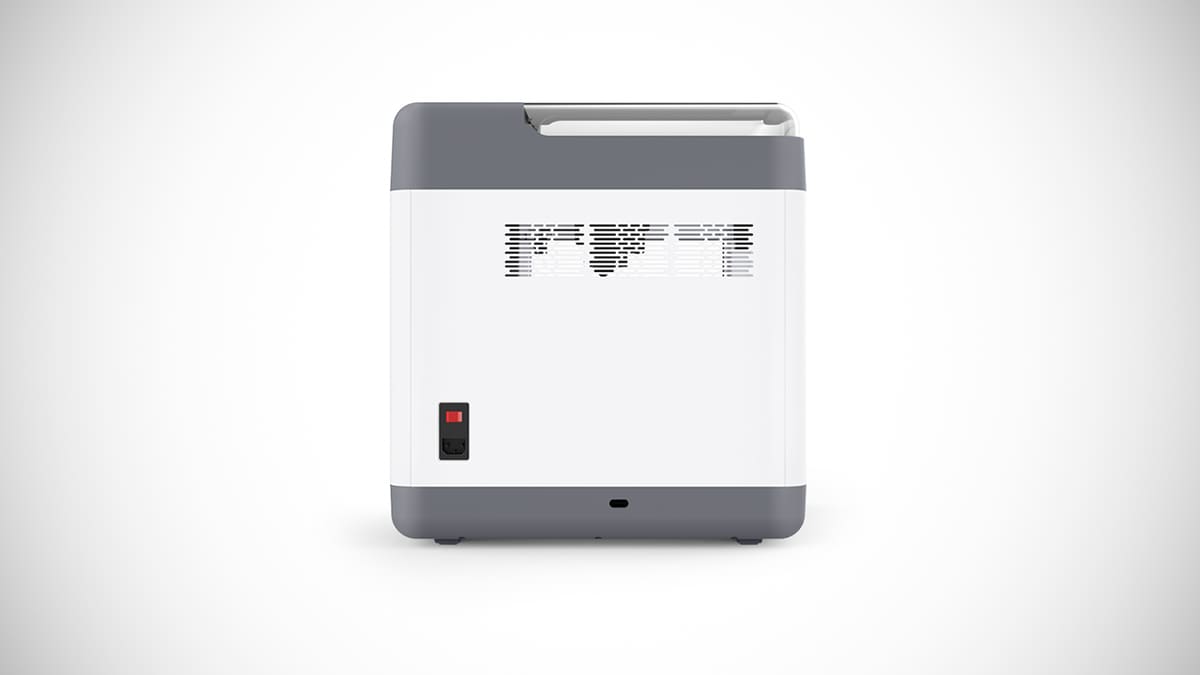
General Specifications
- Technology: Fused deposition modeling (FDM)
- Year: 2021
- Assembly: Fully Assembled
- Mechanical Arrangement: Cartesian-XY-Head
- Manufacturer: Creality
3D Printer Properties
- Build Volume: 175 x 175 x 165 mm
- Feeder System: Direct Extrusion
- Print head: Single Nozzle
- Nozzle size: 0.4 mm
- Max. hot end temperature: 250 °C
- Max. heated bed temperature: 80 °C
- Print bed material: Magnetic Sheet
- Frame: Metal
- Bed leveling: N/A
- Connectivity: Wi-Fi, SD Card
- Print recovery: Yes
- Filament sensor: Yes
- Camera: Yes (Pro version)
Materials
- Filament diameter: 1.75 mm
- Third-party filament: Yes
- Filament materials: PLA, ABS, PETG
Dimensions and weight
- Frame dimensions: 400 x 380 x 430 mm
- Weight: 11.5 kg


Similar Printers
If the Sermoon V1 isn’t quite what you’re looking for there are lots of alternatives, many in just Creality’s massive lineup of printers. Here are a few options we find comparable:
Sermoon D1
The Sermoon D1 was the first printer in the Sermoon series. With a build volume of 280 x 260 x 310 mm, it’s significantly larger than the new V1 but lacks features like a fully enclosed chamber (it’s partially enclosed with the top open), and some of the advanced features like Wi-Fi connectivity. If you’re looking for something a little bigger and don’t mind those tradeoffs, it’s good to check out.
CR-200B
Like the Sermoon D1, the CR-200B is partially enclosed with an open top and lacks some of the fancier features the Sermoon V1 is offering. It’s similarly sized to the V1 at 200 x 200 x 200 mm, so it’s likely that the Sermoon V1 supersedes it in all respects, but if you don’t trust Creality’s factory tuning and aren’t clear on how you can tune the V1 after it’s in your hands, this is a good alternative.
Artillery Hornet
If an enclosure isn’t a must-have but the 3D printer you’re looking for should fit into a classroom, the Artillery Hornet is a fair choice. The system is highly affordable at just $169 but is pretty barebones. Artillery went out of its way on aesthetics with this printer, and part of that culminated in the odd Bowden tube and hot end cabling combo. That strange, patented part could introduce some maintenance trouble, but it does keep things nice and tight for classroom settings.
License: The text of "Creality Sermoon V1 & V1 Pro: Specs, Price, Release & Reviews" by All3DP is licensed under a Creative Commons Attribution 4.0 International License.
CERTAIN CONTENT THAT APPEARS ON THIS SITE COMES FROM AMAZON. THIS CONTENT IS PROVIDED ‘AS IS’ AND IS SUBJECT TO CHANGE OR REMOVAL AT ANY TIME.


